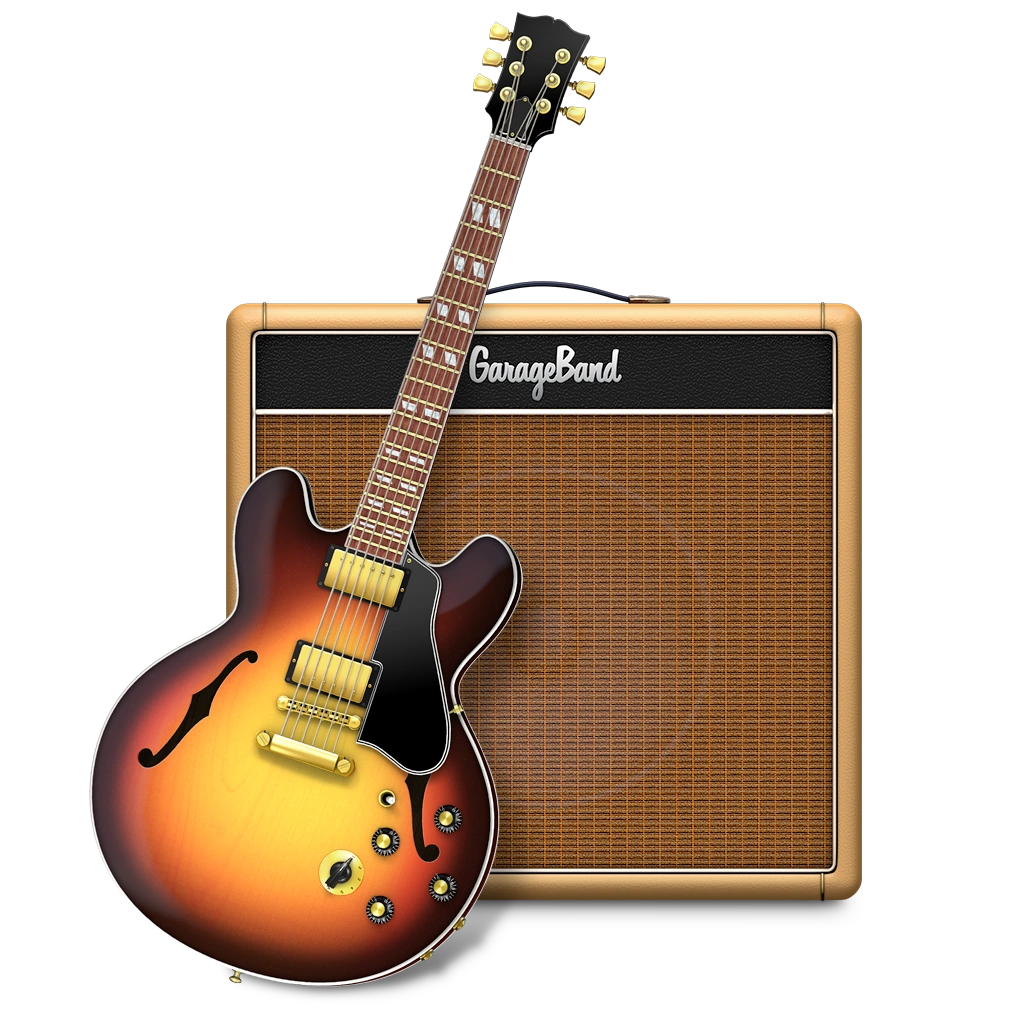GarageBand Frequently Asked Questions (FAQs)
Welcome to our comprehensive FAQ page dedicated to GarageBand users of all skill levels. Whether you’re just starting out or you’re a seasoned pro, this resource is designed to address a wide range of queries and challenges you might encounter while using GarageBand. Here, you’ll find a compilation of Frequently Asked Questions (FAQs) that will assist you in navigating and mastering GarageBand.
Introduction to GarageBand FAQs
GarageBand is a powerful and popular music creation tool, but like any sophisticated software, it comes with its own set of queries and issues. Our FAQ section aims to demystify these for you.
Who Can Benefit from These FAQs?
- Beginners: New users who are learning the basics of music production.
- Intermediate Users: Those who are familiar with GarageBand but looking to expand their skills.
- Experts: Seasoned users who have specific, advanced-level queries.
Categories of FAQs
To make it easier for you to find answers, we have categorized the FAQs into several sections.
Getting Started
- Installation and Setup: How to install GarageBand on different platforms, including Windows, and initial setup tips.
- Basic Navigation: Understanding the GarageBand interface and fundamental features.
Recording and Editing
- Recording Techniques: Tips on recording vocals and instruments.
- Editing Tracks: Basic editing functions and tips for clean, polished tracks.
Advanced Features
- Utilizing Loops and Beats: How to make the most of GarageBand’s extensive loop library.
- MIDI Editing and Virtual Instruments: Advanced techniques for MIDI editing and using virtual instruments.
Troubleshooting
- Common Issues: Solutions to frequent problems faced by GarageBand users.
- Performance Optimization: Tips on how to keep GarageBand running smoothly.
Updating and Upgrading
- Latest Updates: Information on the latest GarageBand updates and how to install them.
- Upgrade Queries: Guidance on upgrading from older versions or transitioning from other software.
Frequently Asked Questions
What is GarageBand app?
GarageBand is a complete recording studio for Mac and iOS devices that lets you record, mix, master, and share music with realistic-sounding instruments, effects, and presets. It's a powerful app for music creation and podcasting, available on macOS, iPadOS, and iOS devices.
How to use GarageBand?
GarageBand can be used to make, edit, and publish music. It's suitable for both beginners and professionals. You can use GarageBand for iPhone to make music with Touch Instruments, Apple Loops, Live Loops, and more.
Does GarageBand use VST or AU?
GarageBand uses AU (Audio Unit) plugins. It does not support VST (Virtual Studio Technology) plugins natively, but VST plugins can be used with third-party installers or other workarounds.
How to export GarageBand to MP3?
To export a GarageBand file to MP3, open your project, click 'Share', then 'Export Song to Disk', and select MP3 as the export format.
Is GarageBand free?
Yes, GarageBand is free. It comes preinstalled on Apple devices and can also be downloaded for free from the App Store or from Our website homepage if you are looking for GarageBand Windows version.
How to make a ringtone in GarageBand?
To make a ringtone in GarageBand, you can create a sound from scratch or use an existing track. You'll need to use supported audio formats and follow specific steps depending on whether you're using Mac or iPhone.
Can you get GarageBand on Windows?
Yes, GarageBand is available for Windows. It can be downloaded for Windows 10, 8.1, and 7.
How to fade out in GarageBand?
To fade out in GarageBand, you can use automation or apply an automatic fade-out effect.
How to fade in GarageBand?
For fading in, you'll need to use automation, as there is no direct fade-in effect built into the app.
Does Mynth app work in GarageBand Mac?
No, the Mynth app and GarageBand cannot be integrated with each other due to compatibility issues.
How to Cut Music on GarageBand?
Cutting music in GarageBand involves a few steps. First, open the audio editor by double-clicking on an audio region in the tracks area or selecting an audio track and clicking the editors button in the control bar. Play your song and stop at the exact location where you want to cut, select the track, then choose Edit > Split from the menu (or use the shortcut CMD-T).
How to Make Beats on GarageBand?
To make beats in GarageBand, you can start without using Apple Loops by opening a new empty project and selecting a drum track for your first track. Drums are a key element, and you can start with drums to build your melodic elements around the main beat. You can use GarageBand's built-in drummers or create your beats using a sound library, software instruments, or physical instruments.
How to Change Tempo in GarageBand?
To change the tempo of your whole song in GarageBand, go to the menu bar in your project, then to the project tempo display, located between the playhead position and the song’s key signature. You can set the basic project tempo in the LCD, displayed in beats per minute (bpm), ranging from five to 990 bpm. You can also add and edit tempo points in the Tempo track for more precise control.
How to Export from GarageBand?
To export a song from GarageBand, open your project and select the track or tracks you want to export. Go to the "Share" menu at the top of the screen and select "Export Song to Disk". Then choose the file format you want to export to, such as MP3 or WAV, and select the location to save the exported file.
How to Import a Song into GarageBand?
To import a song into GarageBand, you can use the import function. On the audio track where the song should go, right-click and select "Add Audio File…". You can also import audio and MIDI files from your computer into GarageBand for iPhone. This includes adding audio files to an existing Audio Recorder or Amp track, or MIDI files to an existing Keyboard or Drums track.
